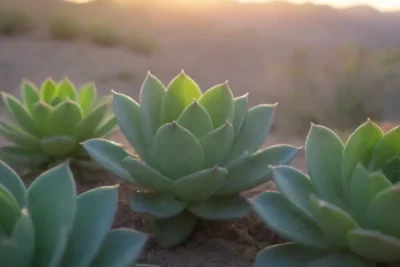
Watering Succulents: The Definitive Guide to Perfect Hydration

Introduction
Succulents are beautiful and resilient plants that have captivated the hearts of many gardening enthusiasts and interior decorators alike. Known for their striking appearances and ability to thrive in arid conditions, these plants have developed unique adaptations to store water within their leaves, stems, and roots. This fascinating trait allows them to survive in environments that would be detrimental to many other types of plants. However, despite their remarkable resilience, proper watering is critical to their health and longevity. Understanding the intricacies of watering succulents is essential for anyone looking to grow and nurture these delightful plants successfully.
In this comprehensive guide, we will delve into the best practices for watering succulents, ensuring they receive the correct amount of moisture they need to thrive. We will explore the factors influencing watering requirements, various watering techniques, signs of overwatering and underwatering, and the importance of soil and pot selection. By the end of this article, you will have a thorough understanding of how to provide your succulents with the perfect hydration they need to flourish.
Why Watering is Crucial for Succulents
Watering is vital for all plants, but for succulents, understanding how to manage their watering needs is sometimes more complex than it appears. Due to their unique adaptations, succulents store water in their leaves, allowing them to survive prolonged periods of drought. However, over time they can become stressed and show signs of decline due to incorrect watering practices. This makes it crucial to find the right balance.
Succulents are not immune to pests and diseases, and improper watering can exacerbate these issues. For instance, overwatering can lead to root rot, making the succulent more susceptible to pathogens. Conversely, underwatering can stress the plant and reduce its ability to fend off pests. Knowing how to properly hydrate these plants helps prevent these issues and keeps them healthy and vibrant.
Another crucial aspect to consider is that different species of succulents have varying water needs based on their native environments. For example, a cactus from a dry desert will require a different approach to watering than an echeveria that thrives in more humid conditions. Understanding these differences is essential to providing the right care for your succulents.
Assessing Water Needs Based on Environmental Factors
Sunlight and Temperature
Light and temperature play significant roles in determining how much water your succulents require. Succulents grown in full sunlight typically need more water than those that thrive in partial shade. This is because exposure to more light increases evaporation rates and plant transpiration—processes that result in more rapid water loss. As a general rule, if your succulents are basking in direct sunlight for most of the day, it is important to increase the frequency of watering.
Moreover, temperature fluctuations can also influence watering schedules. In hotter months, succulents often enter a growth phase where they utilize water more effectively. During this time, they might require more water than during the cooler months when their growth slows down. By aligning your watering schedule with the seasonal changes in temperature, you can provide your succulents with optimal hydration.
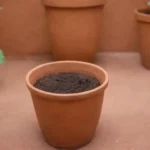 Why the Type of Pot Matters for Proper Succulent Watering
Why the Type of Pot Matters for Proper Succulent WateringHumidity Levels
Humidity levels in your environment significantly affect how much water succulents need. In more humid climates or homes, succulents retain moisture more effectively, meaning they may not require as much water compared to succulents in drier environments. Conversely, in areas with low humidity, water evaporates faster from the soil, and plants may need more frequent watering. To gauge the humidity of your environment, consider using a hygrometer or simply observe your plants for signs of distress.
Additionally, the type of pot you use can influence how humidity levels affect the need for water. Terracotta pots are porous and wick moisture away from the soil, meaning succulents in these containers may dry out faster even in high humidity environments. Conversely, plastic pots retain moisture more effectively, which could mean less frequent watering is required.
Soil Type and Drainage
The type of potting soil used is just as important as environmental conditions when determining watering needs. Succulents require well-draining soil to prevent root rot, which could easily develop in heavy soils that retain excess moisture. A mix specifically designed for succulents and cacti often contains components like perlite, sand, and volcanic rock—materials that improve drainage and aeration.
If you are using standard potting soil, consider amending it with materials that can allow for better drainage. No matter your soil choice, it's essential to check the moisture level before watering. It is best practice to use the “finger test”—insert your finger into the soil up to about an inch deep; if it feels dry, it’s time to water, but if it feels moist, wait a few days.
Watering Techniques for Succulents
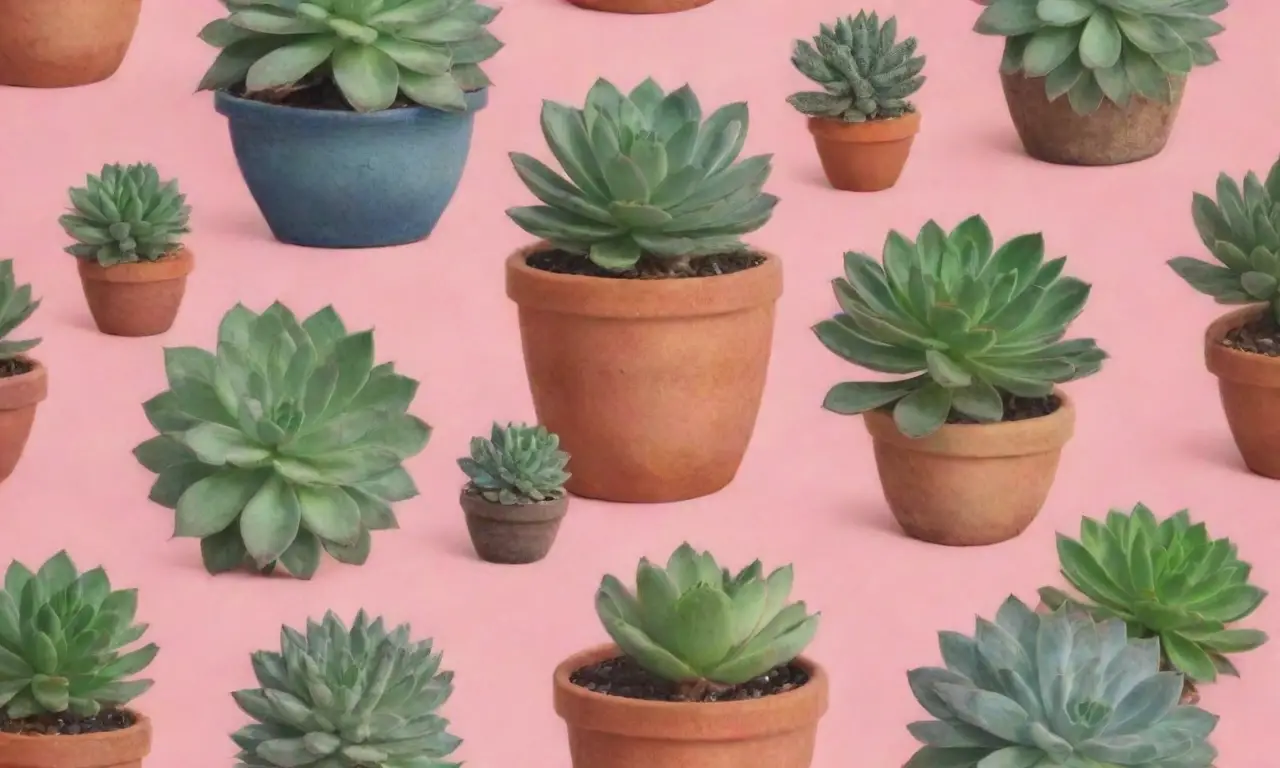
Deep Watering Method
One of the most effective watering techniques for succulents is the deep watering method. This practice involves soaking the soil until water drains out of the bottom of the pot. While this does encourage deep root growth, it also helps ensure that the entire root system receives hydration as opposed to just the surface level. To effectively implement this method, water your succulents thoroughly but allow the pot to drain completely so that no standing water remains.
It's important to time your watering correctly; ideally, you should water your succulents when the soil is dry, thriving in conditions of dryness before the next watering. Implementing this deep watering strategy may help your succulents adapt to absorbing water more effectively, thus leading them to healthier growth.
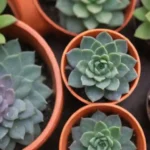 Top 10 Tips for Successfully Watering Your Succulent Arrangements
Top 10 Tips for Successfully Watering Your Succulent ArrangementsUsing the Bottom Watering Technique
Another effective technique is bottom watering, where water is placed in a shallow dish or tray beneath the pot. The soil absorbs water through the drainage holes, and this process allows the roots to soak up moisture gradually. This method is particularly beneficial if you are concerned about overwatering or want to prevent water from splashing on the leaves, which can encourage rot.
Before using bottom watering, ensure your pot has appropriate drainage holes for the container to avoid stagnant water collecting at the bottom. Adjust watering frequency based on environmental conditions, as succulents may absorb moisture at varying rates depending on their surroundings.
Watering Frequency
Watering frequency varies among species and is highly influenced by external factors such as temperature and humidity. A rough general guideline is to water your succulents every two to three weeks. However, during the summer months, you may need to increase watering frequency, while in the winter months, cutting back is advisable.
To determine the right watering frequency, it’s crucial to closely monitor your plants for any signs of distress. Over time, you will become more attuned to the specific needs of your succulents, ultimately aiding in better plant care. The key takeaway here is to remain observant, adjust practices when needed, and always prioritize the specific hydration needs of your plants.
Signs of Overwatering and Underwatering
Signs of Overwatering
Identifying the signs of overwatering is crucial for ensuring your succulents remain healthy. The most common indicator includes yellowing leaves, which signal the plant's distress due to excess moisture. Foliage may become transparent or mushy, and plants may even lose their shape, drooping to the ground. In more severe cases, root rot could develop, and you may begin to notice a foul odor emanating from the soil as the roots begin to decay.
If you suspect overwatering, consider taking your plant out of the pot to inspect the roots. Healthy roots appear firm and white, while rotting roots can be brown and mushy. If you detect signs of rot, trim away the unhealthy roots and repot the succulent in fresh, well-draining soil. Allow the plant to dry out thoroughly before resuming a regular watering schedule.
Signs of Underwatering
On the flip side, underwatering can be equally detrimental to your succulents. Leaves may begin to shrivel or wrinkle—this happens when the plant is unable to maintain moisture levels because it has no hydration reserves. Other signs of decreased moisture levels include browning leaf edges and stunted growth. In extreme cases, underwatered succulents may drop leaves or develop dry spots.
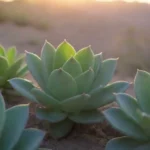 The Best Times of Day to Water Succulents for Maximum Benefits
The Best Times of Day to Water Succulents for Maximum BenefitsTo remedy these issues, give your plants a deep watering. Allow time for them to absorb the water before determining the next watering schedule. If underwatering has become a repeated issue, consider revisiting your watering routine and the specific environmental factors that may be contributing to your succulents' lack of moisture.
The Importance of Adaptation
It’s also important to remember that all succulents may respond differently to varying environments. For those who live in areas with extremely fluctuating temperatures, seasonal adaptations may be required. Similarly, adjustments to watering schedules may need to be made based on indoor versus outdoor placements or even the type of light conditions your plants receive. By remaining adaptable, you can ensure the best care and hydration for your succulents over time.
Conclusion
Watering succulents effectively requires a careful balance of understanding their needs, observing their responses, and adapting practices based on environmental factors and individual plant types. As you embark on this succulent journey, remember that every plant has its unique set of requirements. Paying attention to their reactions to watering will guide you toward creating the perfect hydration routine.
Maintaining the right moisture levels, adapting your techniques, and being vigilant when monitoring for signs of distress can lead to thriving, vibrant succulents that enhance your home or garden. With time and practice, you will develop a deep understanding of your plants, ensuring they receive the care they need.
Overall, the goal here is to achieve a harmonious relationship between succulents and their caregivers. By embracing the nuances involved in watering succulents, you can successfully grow and nurture these breathtaking plants, ensuring they flourish for years to come. Happy gardening!
If you want to read more articles similar to Watering Succulents: The Definitive Guide to Perfect Hydration, you can visit the Watering Tips category.





You Must Read